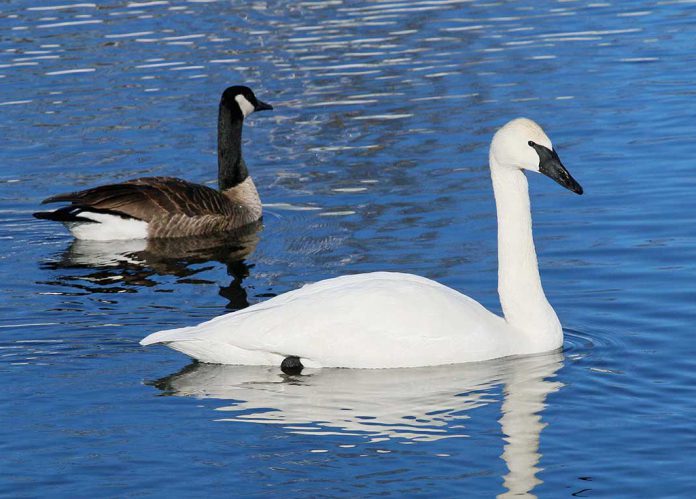MANITOULIN—Billings is where it’s at these days. According to this first release of information released from the 2016 census on population, Billings has the largest of all growth on Manitoulin at a whopping 19.2 percent from 2011 (506 to 603 people). In fact, most Island communities have seen a growth in population with the exception being the majority of Manitoulin’s First Nations, where declines are being seen.
Assiginack has seen its population grow from 960 to 1,013, or 5.5 percent; Burpee and Mills went from 308 in 2011 to 343 in 2016 for a growth of 11.4 percent—the second largest of the municipalities; Central Manitoulin has grown by 6.4 percent, from 1,958 to 2011 to 2,084 in 2016; and Dawson-Robinson, Manitoulin’s only unorganized township, has grown by 5.6 percent, from 160 to 169—nine people.
Gordon-Barrie Island saw a decrease of 6.8 percent from 526 to 490 while Gore Bay saw a slight increase of two percent, growing from 850 people in 2011 to 867 in 2016. Little Current grew by 8.6 percent, from 1,435 in 2011 to 1,558 in 2016 while its surrounding municipality (of which Little Current is a part but the two are shown as separate entities in the census report), the Town of Northeastern Manitoulin and the Islands, saw a slight increase of 0.2 percent, from 2,706 to 2,712—six people. Tehkummah’s population jumped by 7.4 percent, from 406 people in 2011 to 436 individuals in 2016.
On Manitoulin’s First Nations, Aundeck Omni Kaning saw growth of 1.9 percent, from 365 people in 2011 to 372 people in 2016. M’Chigeeng decreased in population by 1.4 percent, going from 897 people in 2011 to 884 in 2016, Sheguiandah First Nation saw the largest drop of the First Nations communities at 13 percent, going from 154 individuals in 2011 to 134 in 2016.
Sheshegwaning saw the largest jump in population for First Nations, noting a 16.1 percent increase in the 2016 census and going from 118 community members in 2011 to 137 people in 2016. In Whitefish River First Nation, the population decreased by 3.5 percent, dropping to 456 people in 2016 from 487 in 2011.
Wikwemikong, the territory (including all the satellite communities, as well as the village), saw a decrease of 3.5 percent, going from 2,592 in 2011 to 2,500 in 2016 while Wikwemikong village saw growth of four percent, growing from 1,291 in 2011 to 1,342 in 2016.
Manitoulin Island as a whole has grown 1.6 percent in the 2016 census, from 13,048 in 2011 to 13,255 in 2016. The Sudbury District saw almost the same growth at 1.7 percent, while Algoma District saw a slight decrease at 1.5 percent. Ontario’s population has grown by 4.6 percent this census.
Austin Hunt, mayor of Billings, was pleased with the news that his municipality had seen the largest growth.
“Well good for us,” he said. “We’ve been very fortunate over the years,” Mayor Hunt added, noting the amount of summer building the municipality has seen over the past number of years. “This helps overall for tax rates.”
Mayor Hunt noted the many volunteer-led community groups who do so much for the Billings community—ensuring there are always exciting projects going on in the community which help to entice people to move to Billings, either on a full-time or summer-time basis.





